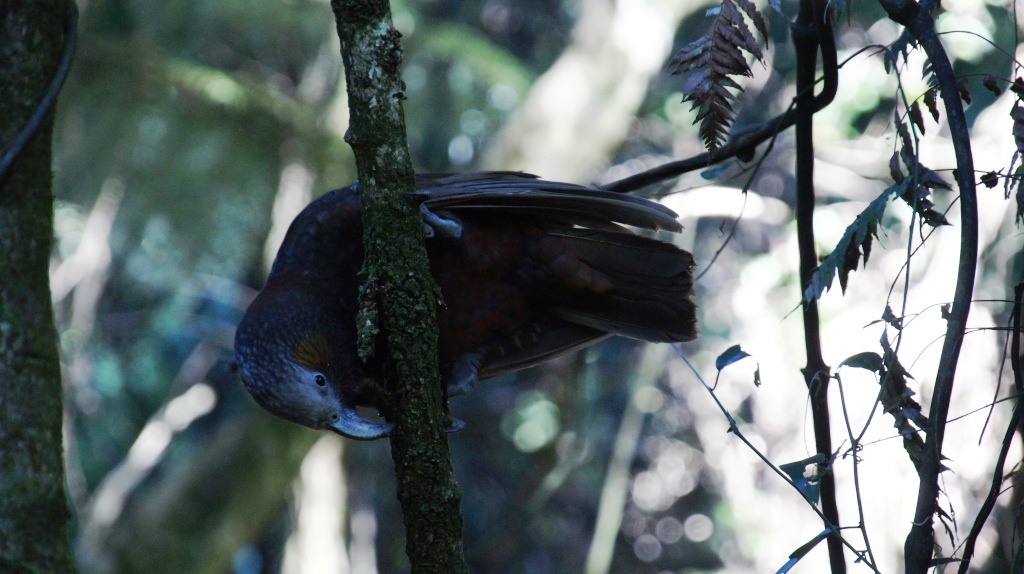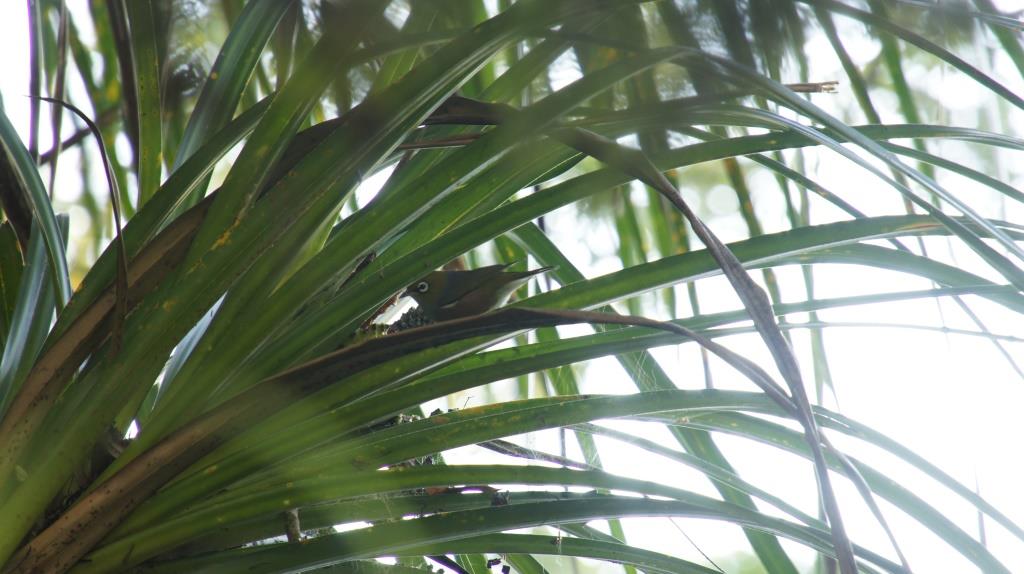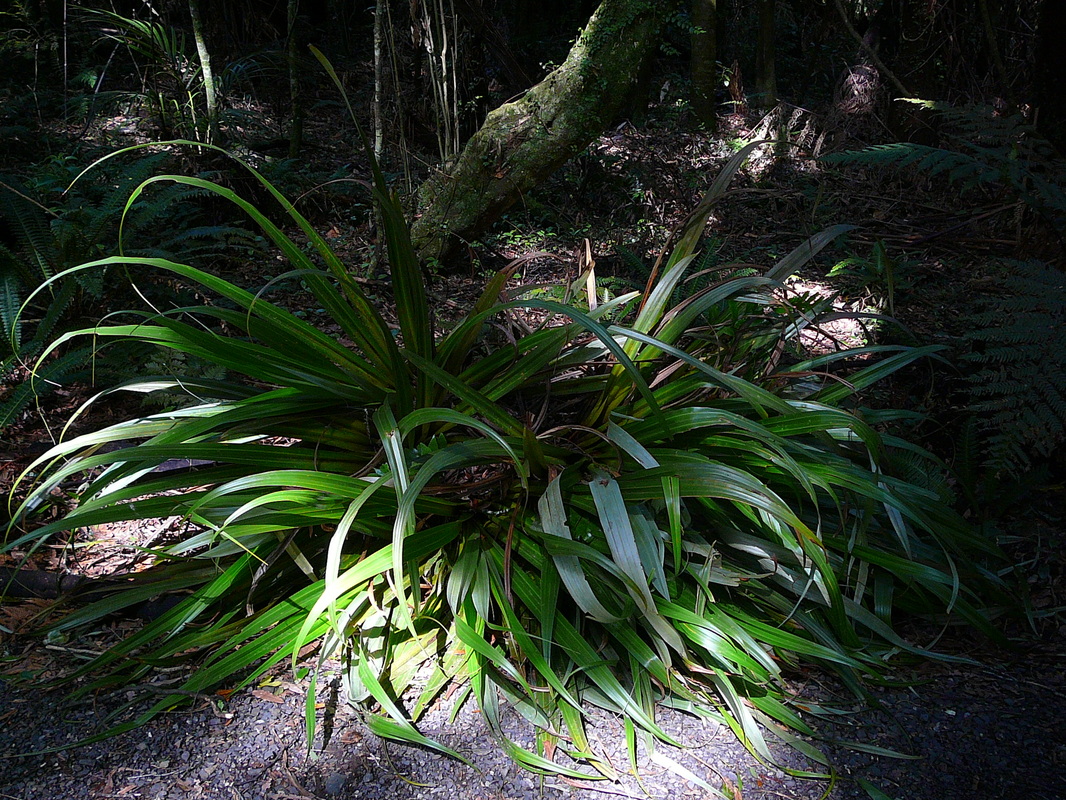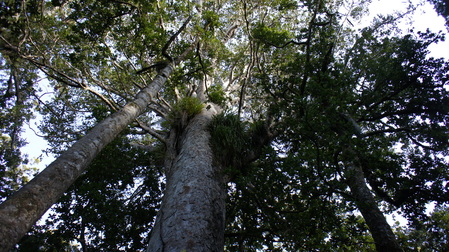There are many research opportunities within this topic - most of what we know is from casual observations as no one has yet quantified the diversity or abundance of fauna species that utilise these plants.
One more example for today - a wax eye enjoying the fruit of kiekie (Freycinetia banksii) in Hammond Bush, Hamilton:





 RSS Feed
RSS Feed
